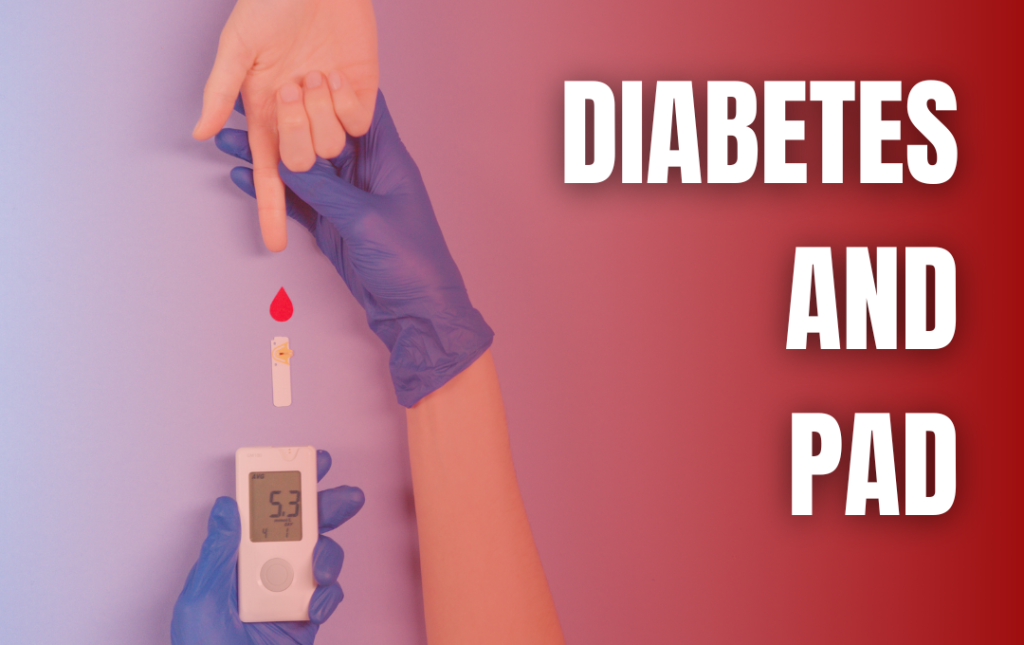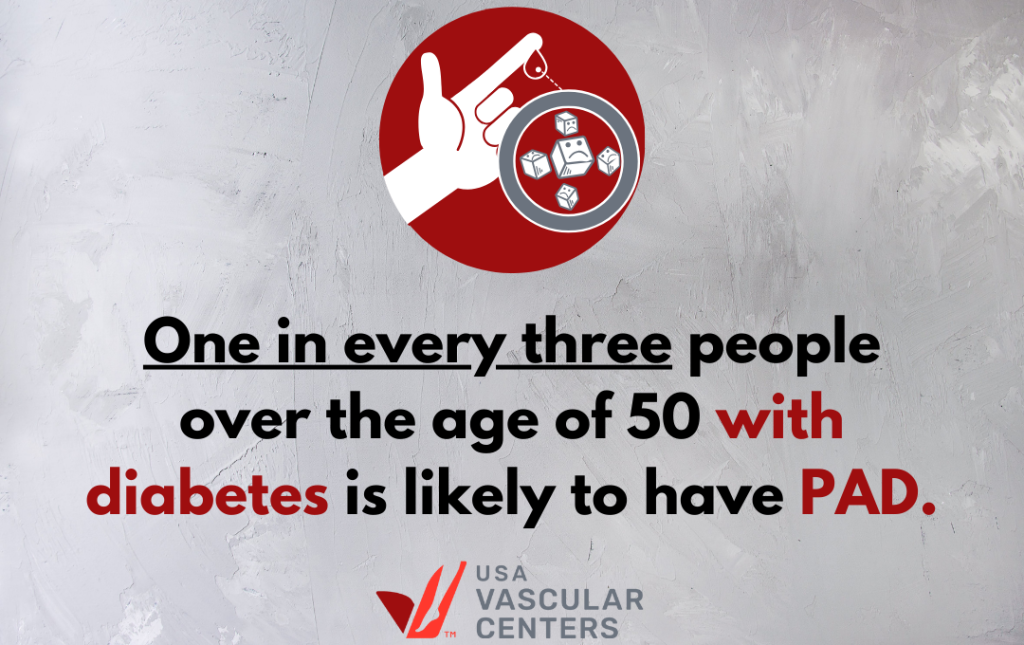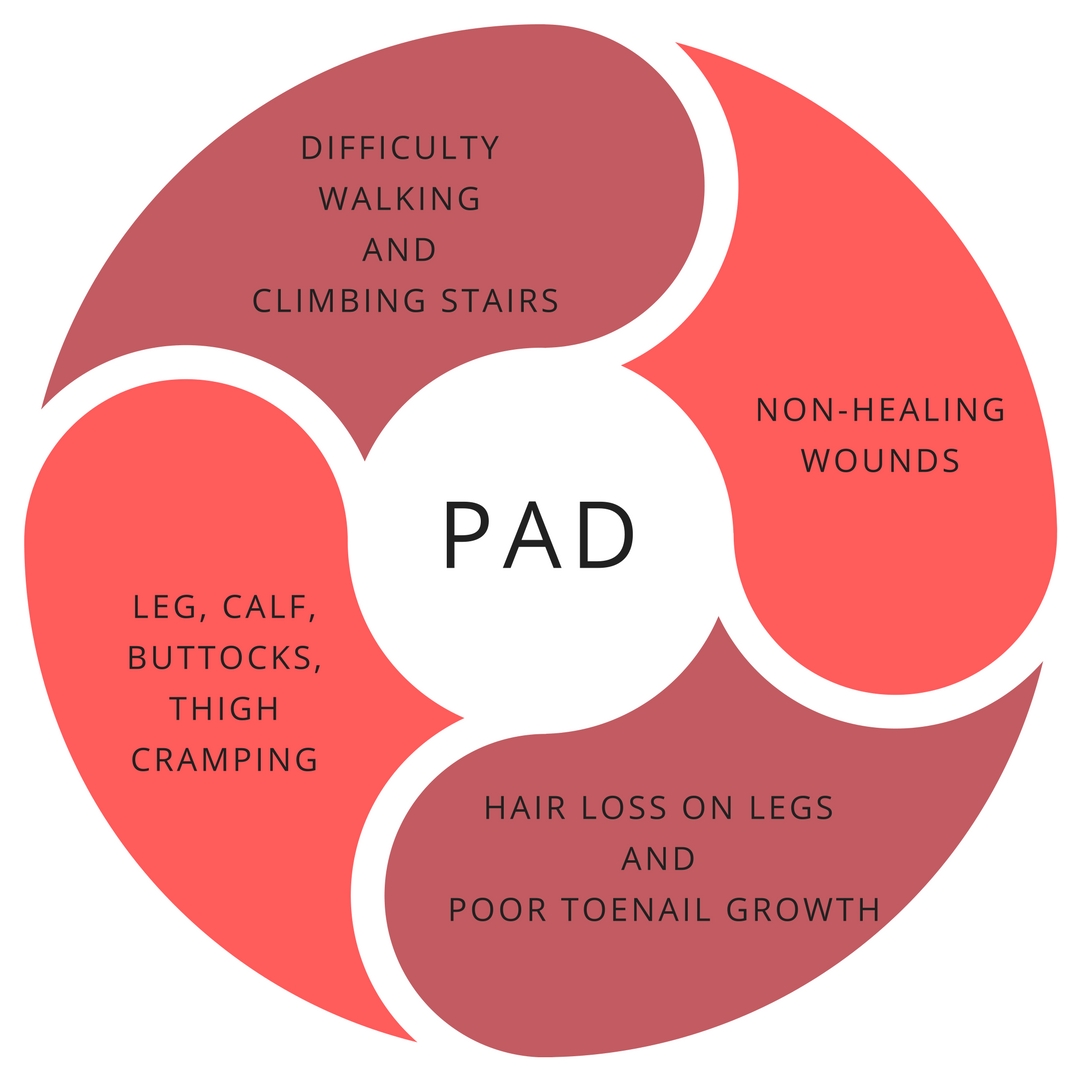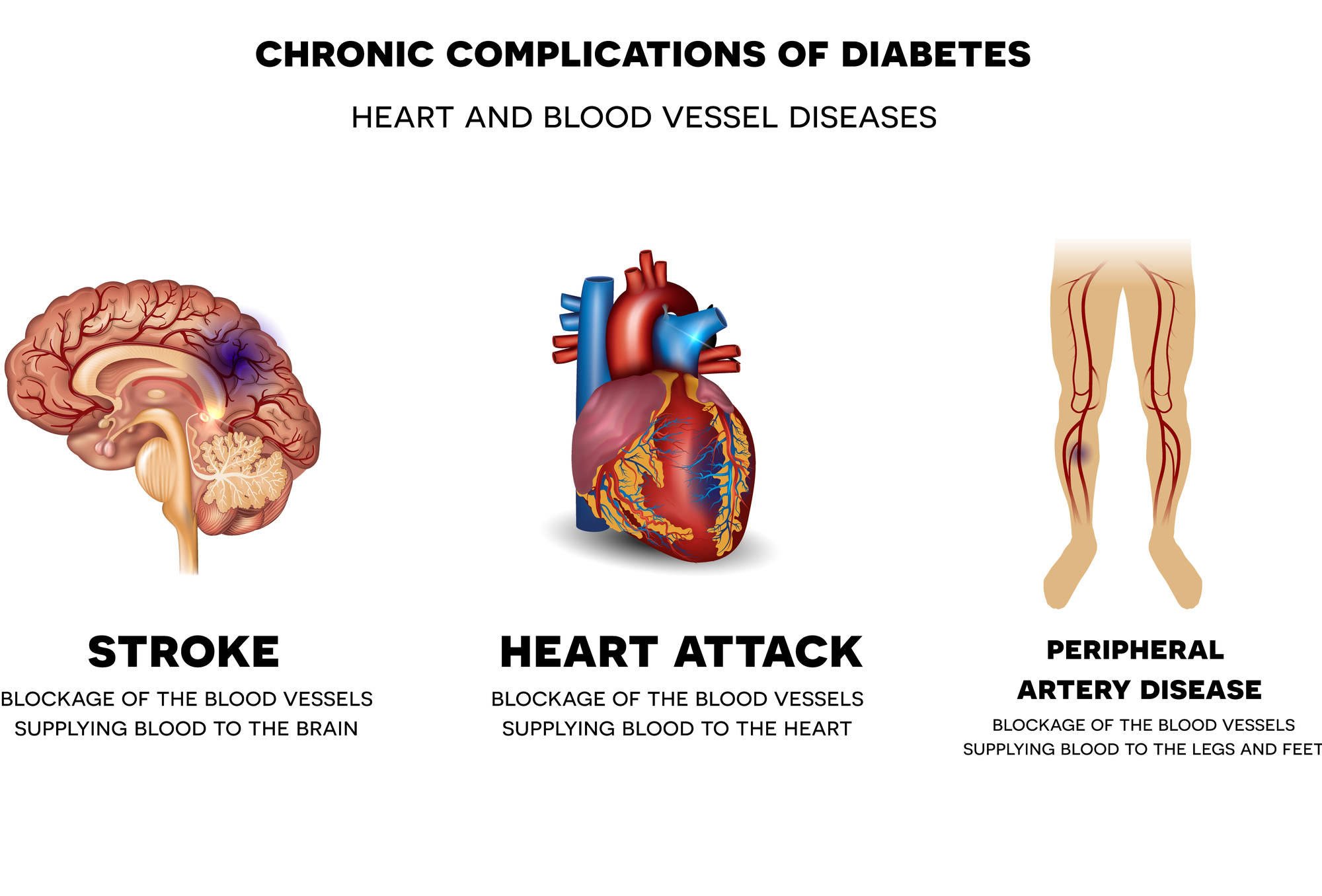Did you know that having diabetes puts you at higher risk for another serious condition called Peripheral Artery Disease (PAD)? American Diabetes Alert Day, observed on the fourth Tuesday in March, reminds us of the importance of being aware of diabetes and its complications. PAD affects one in 20 people over 50 in the US, and people with diabetes are twice as likely to develop it.
PAD occurs when arteries in your legs narrow due to plaque buildup, limiting blood flow. This can cause pain, cramping, and difficulty walking. While symptoms may not always be present, early detection and treatment are crucial to prevent complications like heart attack, stroke, and even amputation.
If you have diabetes, talk to your doctor about your risk of PAD and get screened. Early diagnosis and lifestyle changes like healthy eating, regular exercise, and smoking cessation can significantly reduce your risk. Remember, taking care of your diabetes helps protect your legs and overall health.
Don’t Let PAD Steal Your Steps: A Hidden Risk for People with Diabetes
Imagine having a constant ache in your legs that won’t go away, even after resting. This could be a sign of Peripheral Artery Disease (PAD), a serious condition that impacts one in three people with Type 2 diabetes over the age of 50.
PAD develops when plaque builds up in your leg arteries, restricting blood flow and depriving your legs of vital oxygen and nutrients. This can lead to pain, cramping, and even tissue death, potentially requiring amputation in severe cases.
The challenge with PAD is that symptoms often start subtly, like a nagging calf pain during activity. Many people with diabetes are already managing their condition and might not recognize these early signs, allowing PAD to progress unnoticed.
Here’s the good news: By being aware of the risk and talking to your doctor, you can detect PAD early and take steps to manage it. This may involve lifestyle changes like healthy eating, regular exercise, smoking cessation, and potential medication.
Symptoms
If you think you may have PAD, schedule a consultation with one of the trusted vascular doctors at USA Vascular Centers. Our doctors are experts in diagnosing PAD, and they will be able to help you figure out the cause of your neuromuscular condition and leg weakness.
Who is at Risk for PAD?
Certain factors increase your risk of PAD, including:
- Diabetes, especially Type 2, and a family history of heart disease or plaque buildup: These conditions can affect circulation and make you more prone to plaque formation.
- Smoking, high blood pressure, and high cholesterol: These damage blood vessels and contribute to plaque buildup, narrowing arteries and restricting blood flow.
- Being an African American man over 50: While this group has a higher risk, it’s important to remember that PAD can affect anyone. Talk to your doctor to understand your individual risk factors.
Take Charge of Your Leg Health: Preventing PAD

By adopting healthy habits, you can significantly reduce your risk of PAD and improve your overall well-being:
- Embrace a healthy lifestyle: Prioritize a balanced diet, regular exercise, and maintaining healthy blood pressure and cholesterol levels.
- Seek medical advice: If you experience leg pain, cramping, or fatigue, consult your doctor to discuss potential PAD and treatment options, which may include minimally invasive procedures to improve blood flow.
Remember, early detection and management are key to preventing serious complications associated with PAD.
STAY UP-TO-DATE ON VASCULAR HEALTH
Don’t Let Leg Pain Slow You Down: Take Action on PAD Today!
Experiencing pain in your legs, calves, buttocks, or thighs? You could be at risk for Peripheral Artery Disease (PAD), a condition affecting millions. But the good news is that PAD is treatable, especially if caught early.
Take charge of your health:
- Schedule an appointment with one of our vascular specialists for a simple test to check for PAD.
- Don’t wait for symptoms: If you’re over 50, especially if you have diabetes, high blood pressure, or high cholesterol, proactive screening is crucial.
- Early diagnosis is key to preventing serious complications and getting back to an active life.

Three Steps to Find Help
- Call our USA Vascular Centers at (888) 514-6149 to schedule a consultation and discuss your options.
- Learn more about PAD and insurance coverage on our website.
- Connect with us on social media:
- Facebook: www.facebook.com/usaveinclinics
- Twitter: www.twitter.com/usaveinclinics
Don’t let PAD limit your mobility. Take control of your health today.




